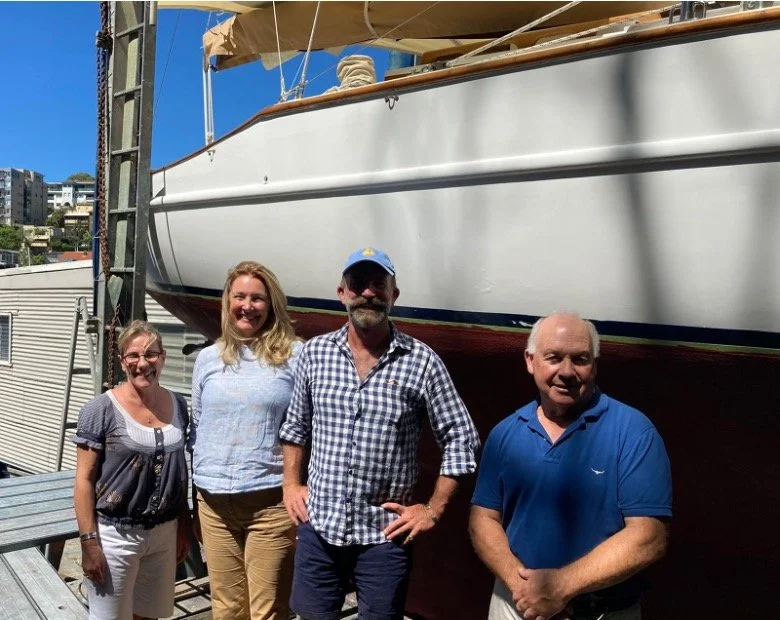JANAWAY - the epitome of the best designs of her time
By Ian Ward
JANAWAY in full flight on Broken Bay, Eva Ward [1]
Wally Ward (1888-1965) designed a well-known series of yachts in Sydney over a period of 30 years from 1937 to 1965. The most famous of these being CARMEN, CADENCE and CAMILLE, however his first yacht JANAWAY paved the way with her perfect hull balance and unmatched performance for her size.
JANAWAY was designed by Wally for his own use and is still in excellent condition and sailing regularly some 85 years later. This article covers the history of JANAWAY, modifications over the years and loving restorations by subsequent owners.
Origins
Wally Ward designed his first yacht JANAWAY in 1937 at his home at Chinaman’s beach in Mosman, Sydney. He was a keen amateur yacht designer with a particular interest in hull balance using the Metacentric shelf principle proposed by Rear Admiral Turner. [2]
Wally & his son John on JANAWAY
JANAWAY with original sails
He also incorporated a close attention to a proper curve of areas as outlined by Skene in his book, “Elements of Yacht Design” with a distribution of displacement taking the form of a sinewave forebody and trochoid aft. Prismatic coefficient and centre of buoyancy were all in accordance with the latest theories on yacht design.
Unlike the heavier, broad sterned gaff rigged boats of the time, JANAWAY was a radical departure featuring a slender canoe stern which was dictated by the need to produce a balanced hull design. The tall Marconi rig was more efficient upwind, loose footed main and the self-tacking jib enabled her to be sailed single handed in any conditions.
She proved herself right from her first outing and soundly trounced the larger and heavier boats of her day. So much so that the Ranger class boats of friend and rival Cliff Gale added even more sail area to compete, but were never a match for her performance.
Specifications:
JANAWAY is 28ft overall and 22ft on the waterline, with displacement of 4 tons.
Sail area 430 sq ft, mast 42ft Marconi rig with self-tacking jib on a boom.
Engine a marinized Austin 7, with a 13in two blade folding propeller.
The original sails were made from the waxed cotton by Harry West and ropes were of hemp.
Constructed from NZ kauri which is renowned for its durability and stability as a boat building timber, she has stood the test of time.
Built by Sid and his son Jim Perry in his houseboat at Fisher Bay on Middle Harbour, JANAWAY was launched in 1938 by removing the end wall of the houseboat. This was rather unique and featured in the newspapers of the day.
JANAWAY being launched from Jim Perry’s houseboat
The propeller shaft uniquely went through the rudder stock to align it with the keel and remove the need for an aperture in the rudder. All of the metalwork components on the boat, including gooseneck, fairleads, hawse, blocks, stern gland, propeller etc were designed and made at home, cast at the foundry from patterns made by Wally and then machined on his lathe in the workshop.
The original engine, was a marinized Austin 7 petrol motor, as used to power the very first BMW, Nissan and Lotus cars in 1939. She had glistening brass and copper brightwork, which was dutifully polished with Brasso each week after racing.
Just after launching, before fitting out
JANAWAY on the slip at O’Rourke’s boatshed, The Spit in Sydney, beside the 16’skiff club.
The original cockpit, varnished deck and capping rails
The original cockpit had a varnished laid Beech aft deck, curved Maple comings with varnished teak rail caps and shear strake as well as Beech cockpit grates.
All of the metalwork such as the tiller lock, fairleads, hawse, fuel fillers etc were home-made, Firstly, with timber patterns, then cast in Gunmetal 88-10-2 bronze, then machined on the lathe in the workshop at home by Wally.
Hull design
To Wally, increased performance was achieved through efficiency, by reducing wave making resistance and the finesse of good hull balance, rather than simply applying more power to a longer, lighter hull. His focus was to produce a boat which performs well for its comparative displacement, length and sail area, which was easy to handle with good seakeeping ability.
Wally utilised all of the latest available design methods when drawing JANAWAY. Minimum hull resistance was achieved by optimising the displacement distribution throughout the length of the boat, the ideal curve of areas being constructed with versed sines for the forebody and trochoid aft in accordance with the Waveform theory of Colin Archer.
The upright and heeled longitudinal centres of gravity were aligned to improve hull balance and ensure the boat did not pitch down by the head as she heeled. Finally, he sought to employ the very latest theories of hull balance, to ensure the boat tracked straight as she heels, using the Metacentric Shelf principles introduced by Rear Admiral Turner in 1927. In accordance with Turners’ principle, the metacentric shelf for JANAWAY was substantially parallel to the upright centreline and the moments curve formed three lobes, being of the optimum proportions according to Turner. [3]
JANAWAY plans drawn by Wally Ward in 1937. Note the balanced metacentric shelf
The net result was an extremely well-balanced boat which has low wave making resistance for her size, fair lines, good stability and ease of handling. Wally was also able to incorporate a pretty stern, and raised deck which makes her stand out from those of her time. Wally was meticulous, providing detailed construction drawings of the hull and all components. (click to enlarge)
Models
As was the custom at the time, Wally initially built a ¾:1” scale half model to observe the hull form, lines and deck layout.
An accurate scale model was then constructed and sailed, well before the full-sized yacht was built. The pitching and behaviour in a seaway, ability to track straight and follow the lifts and knocks was observed, as this accurately reflects the behaviour of the finished yacht. I remember chasing her around in the dinghy when I was a kid, only stopping to tack her when I was out of sight of the full-sized yacht! Happy with the results, Wally proceeded to build the boat.
Materials & Sails
Sails by Harry West
Seacraft Article
The Dinghy
Plywood dinghy designed and built by Wally Ward circa 1940
JANAWAY’s dinghy was possibly the first developed plywood dinghy constructed in Sydney, built by Wally as a tender in around 1940. Wally’s son John had two children, Ian and Merran, shown here with his wife Nola in 1959. They won many MHYC Christmas party rowing races in the dinghy, which is still serviceable today.
Racing
Initially, Wally sailed with the Middle Harbour Yacht Club which was formed in 1939, where he competed until 1947. Her sail number was MH 4. Due to back strain, Wally handed JANAWAY over to his son John in 1947, who began a long and very successful career racing her every Saturday at Middle Harbour Yacht club, where she was the smallest boat in No.1 division, but was often the scratch boat. John was the first Junior member of MHYC. He also raced at Sydney Amateur Sailing Club under sail number A16, winning the prestigious Kelly Cup in 1947. Upwind in a stiff breeze she was always unbeatable. The self-tacking jib made it possible to shoot the knocks in gusty conditions and she was and still is perfectly balanced at any angle of heel, providing finger-tip control even in 25-30 kts of wind.
John was a very canny skipper always looking for the next puff and tacking on the smallest shifts. It mattered not if it was light or heavy air, he took the greatest delight in picking the breeze and knocking off the other larger boats. In strong breezes, especially the gusty and fickle westerlies she showed her heels as the boat was extremely well balanced, and the self-tacking jib made it possible to flick from one wind shift to the next without backwinding the larger genoas and hand sheeted jibs that the others contended with.
Nola and John raced together, two up, for many years in the MHYC 1st division where they were the smallest boat. They set a single sided spinnaker. When gybing, Nola would take the helm and cross the mainsail while John went forward to swap the spinnaker pole. They raced as a team, often winning off scratch and at one time had a handicap as low as minus -11 minutes. (Click to Enlarge)
Modifications
In 1960 John modified the rig and keel, adding more sail area, with an overlapping genoa, hydraulic winches, folding/locking propeller and other innovations. He raced competitively and successfully for many years, with a formidable reputation as one of the scratch boats in the fleet. It was this success which later caught the eye of builder Ron Swanson.
John added unique hydraulic ram winches with a pump lever in the cockpit and pressure storage cylinder. The pressure could be released and reused. Trimming with the hydraulic valve gave a very fine control. He also developed and made his own self jamming cleats and unique double ended spinnaker pole ends and bell.
John was keen to further improve the performance of JANAWAY improving her righting moment and hull balance. He redesigned the keel and position of the lead ballast. This required removing the keel, hand cutting and shaping the new deadwood from the garboards down.
A timber pattern was planked with steamed timbers like the hull of a boat and set in the sand right in front of the 16’ skiff club. The lead was remelted in a cauldron on the beach and poured directly into the sand mould. I am not sure if a portable foundry like this would be allowed these days, but I do remember burning off red lead paint from the hull at one stage, so this could not have been be any worse!
The lead was then attached to the deadwood of the keel and bolted to the boat using Monel stud bolts and cast gunmetal nuts, all of which were threaded on the lathe at home.
John added an overlapping genoa, a sliding coach house and a unique hydraulic winch system. The hydraulic ram was mounted on deck with a (now illegal) pressure accumulation cylinder inside the boat and a pump lever in the cockpit. You could pull the sheet on by hand then pump to winch it on. For further adjustment the valve could be cracked to ease the pressure slowly or lever pumped to pull the sheet. When tacking, the pressure in the cylinder was released with a valve in the cockpit, the fluid returning to the pressure cylinder, ready for the next tack.
Innovative hydraulic ram and geared cam cleat on JANAWAY
The timber cleats were then replaced with innovative lever release operated wedge & roller geared cam cleats.
Around 1968, with the spinnaker up in a solid 20kt southerly, racing off Obelisk beach near Middle head, the twin strand solid rod backstay pulled through the copper swage and let go. The original casein glued mast snapped at the first spreaders and crashed to the deck. A close shave as I was in the forward hatch at the time and it landed just beside my head!
A new hollow Oregon spar was glued with epoxy down the side of the house, re fitted and taken very early one Sunday morning to the boatshed at The Spit with special racks on the car. I recall the mast almost scraping the road as we negotiated dips.
The timber mast was eventually replaced with an alloy section and completely refitted with his own made galvanised fittings by John around 1973
Cruising
Our entire family has many fond memories of long summer family holidays camping on the Hawkesbury. Each year JANAWAY was sailed by John from Middle Harbour in Sydney up the coast to Pittwater for Christmas holidays. On several adventures we sailed as far afield as Audley on Port Hacking and to the Myall Lakes on Port Stephens and to the upper reaches of the Hawkesbury.
In those days the dinghy was tied on deck, kapok & canvas life jackets in the aft locker, a compass to sight landmarks and a navigation chart. No other navigation or safety gear, just pick good weather and head off using the visible coastline as a reference. While away, the toilet was a sturdy galvanised steel bucket and the ice chest was filled with a solid block which lasted around 3-4 days.
A compilation of photos by Eva Ward showing Janaway top left and Mathana. [1]
Inspiration
JANAWAY proved to be the inspiration for a large family of racing and cruising yachts. Initially Wally designed larger versions, JASNAR for a friend of the Clark Brothers. He then designed CAMIRA, CARESS and NAARILLA for friends Darcy Huddleston, Graham Newland and Max Burman. The performance of JANAWAY in club races at MHYC inspired Ron Swanson to ask Wally to design Carmen, then Sydney Hobart winner CADENCE and finally CAMILLE in 1965. Their success spawned a generation of well-balanced, sea kindly cruising boats, including CARRONADE. The unique story of this family of boats is covered in a separate article [11].
Owners
When John Ward designed and built his own 36’ yacht INTRINSIC in 1970, he sold JANAWAY and shortly after, artist John Firth-Smith took on the role of custodian. Replacing the original Austin engine with a new Buch. Otherwise, he kept her as original. John mainly sailed single handed and needed a reliable engine particularly while picking up his mooring in Lavender Bay. He also remembers that Jerry Hendry at Careening Cove made a new Oregon boom with all the original fittings. John Firth-Smith used JANAWAY as inspiration in some of his sketches and paintings.
John recounts:
“I still have many old photos including the Seacraft story and a burgee made by my wife - we loved JANAWAY. There was an ABC doco made on a huge mural I did for the Twin towers building at the top of Collins St Melbourne and JANAWAY is featured, "The Big Painter". I swapped JANAWAY with Robin Copeland for Windward II in the early 1980's. JANAWAY was in top condition and Windward needed restoration.” John now lives in Eden on the South Coast and says “JANAWAY would be perfect down here!”
Bottle & Boat – John Firth Smith [8]
Les Soares subsequently bought and restored her in Pittwater in 1990 with the help of apprentice Jono Winterbottom. ‘Jono’ recalls how beautifully she sailed, with no helm even in a stiff breeze.
Sailing on Pittwater in a stiff souwesterly
She was subsequently bought by John Adameitis. John was also an architect and artist who has painted several images of JANAWAY under sail. Thanks to John I had the privilege to sail on JANAWAY in 2014. She still handles so well, exactly as I remember.
She was loving restored by John and was moored in Pittwater.
Under power with the new diesel, she lifts along nicely.
JANAWAY was then bought by timber boat enthusiast Julian Haskard [10] who extensively rejuvenated her in 2019. Julian had the mast refitted, stripped her out and painted her internally. [10]She is still sailing regularly at North Harbour in Sydney and with Sydney Amateur Sailing Club some 84 years after she was launched.
JANAWAY is the epitome of the best designs of her time and remains a fine example of a perfectly balanced yacht with both a racing pedigree, long history of both family and subsequent loving owners.
Julian and Michelle Haskard with Ian and Caroline Ward at the SASC with Janaway
The story of Janaway began as a personal design interest and labour of love for Wally Ward in 1937, which was taken up with a passion by his son John in 1947.
She was raced regularly from 1947 to 1970, proving to be the inspiration for a long and highly successful stable of yachts designed by Wally which became famous for their racing success during the mid 1960’s.
CARMEN, CADENCE, CAVALIER and CAMILLE being the most notable, however she was also the fore runner to JASNAR, CAMIRA, CARESS and the ‘CA’s’ which have a long pedigree as comfortable, safe, well balanced and fast cruising boats. A more detailed history of ‘Wally Ward and the CA’s’ is covered in a separate article. [11]
Many thanks are extended to the dedicated and loving owners over the years.
Ian Ward
Acknowledgements
This article is based on the extensive Ward family archives which include the lines plans and construction drawings, sailing models of Wally and John Ward, along with the photographs of Eva Ward.
The contributions and enthusiastic assistance of both current and past owners of JANAWAY is gratefully acknowledged.
References
[1] Original drawings and photos courtesy of The Ward Family Archive, Sydney, Australia
[2] Turner A, A Law of Hydrostatics and its influence on the shapes of Sailing Yachts, Seventy-eighth Session of the Institution of Naval Architects, March 19th, 1937.
[3] T Harrison Butler, Cruising Yachts Design and Performance, January 1, 1958
[4] The Other Man’s Boat, Seacraft Magazine.
[5] Jasnar, Gordon Ingate, Cammeray
[6] Camira, Andrew Cutler, Elvina Bay
[7] Carmen, Doug Brooker, Pittwater
[8] Boat & Bottle, John Firth-Smith, Eden
[9] John Adameitis, Sydney
[10] Julian Haskard, Manly
[11] SWS article “Wally Ward and the CA’s”







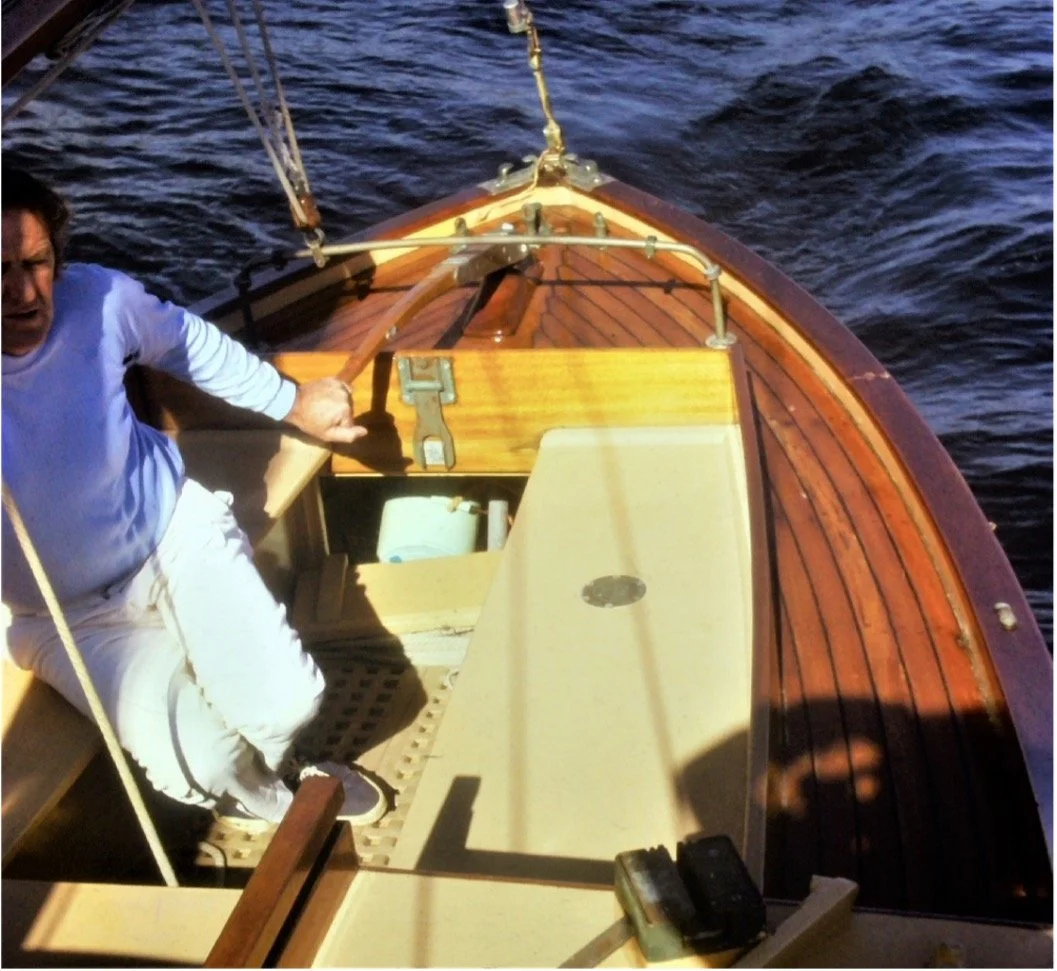





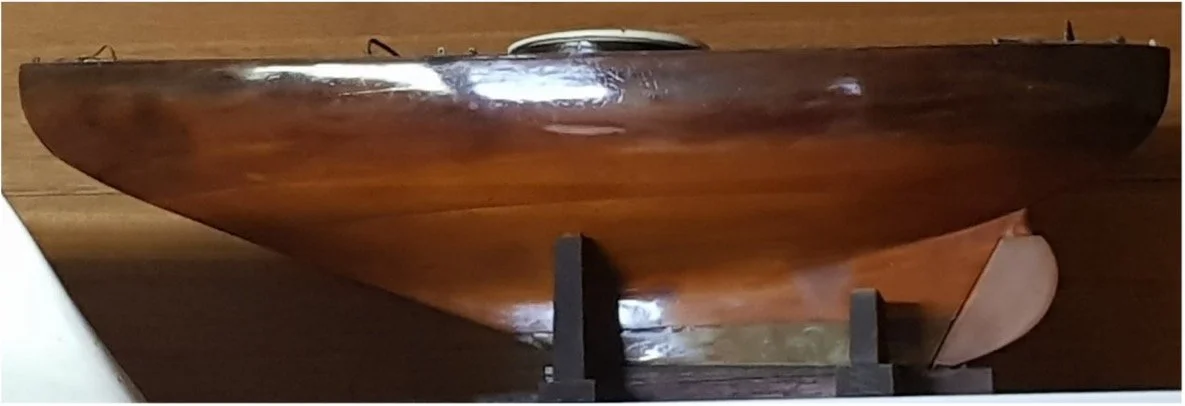




![This article, written by John Ward was published in Seacraft magazine. [4]](https://images.squarespace-cdn.com/content/v1/5f83c5947bb62b2036f18924/1652238772275-OWAUS4NGARHWJEXPJ83G/Picture+18.jpg)
![This article, written by John Ward was published in Seacraft magazine. [4]](https://images.squarespace-cdn.com/content/v1/5f83c5947bb62b2036f18924/1652238771916-7H8UTRLXFYQ9NUPBIWXK/Picture+19.jpg)
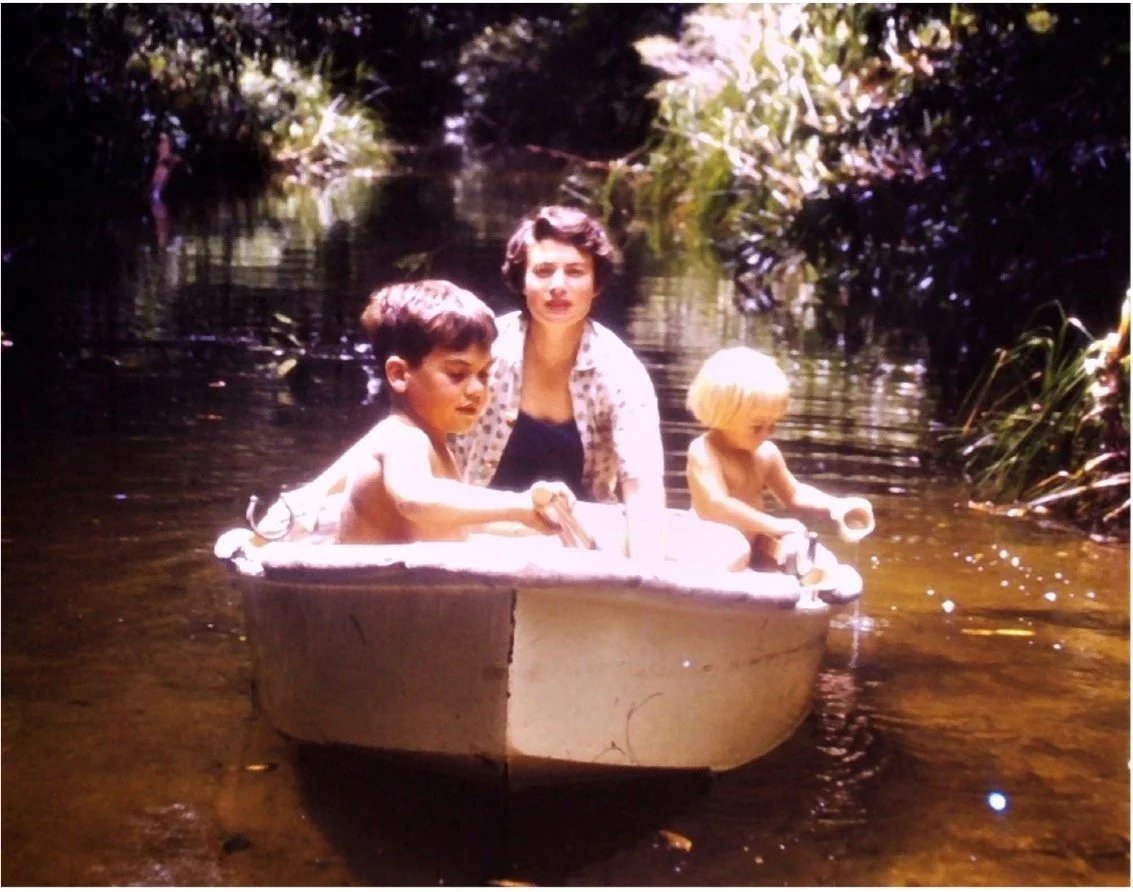













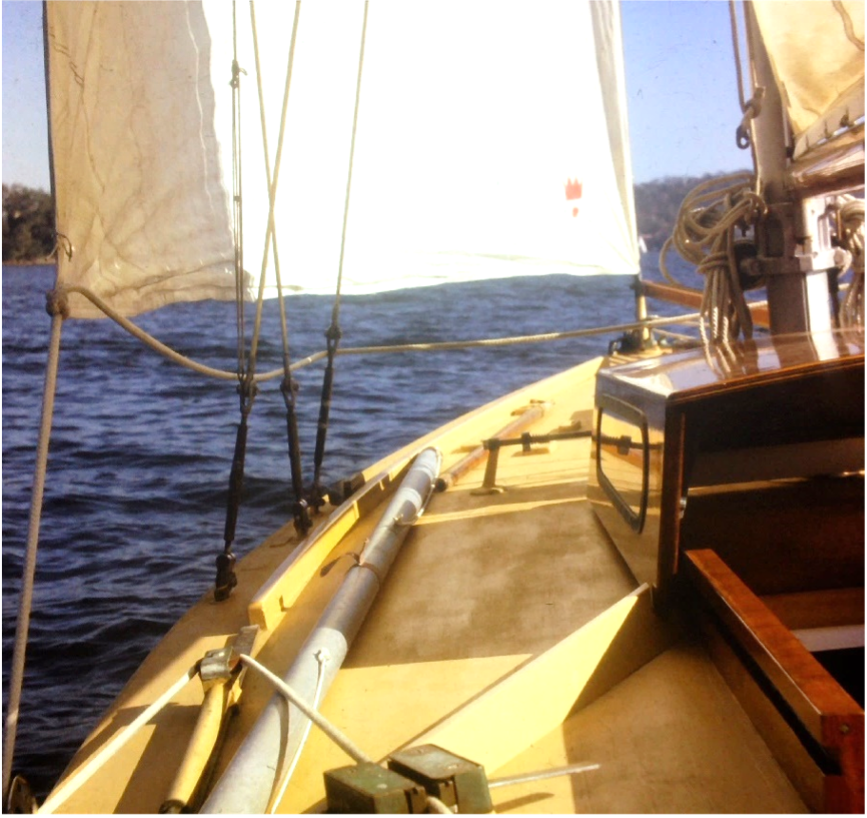


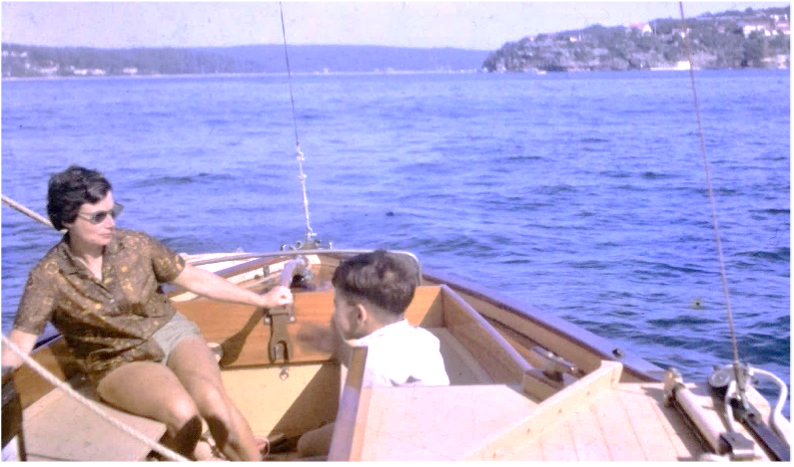




![Wally, Eva and John at Patonga [1]](https://images.squarespace-cdn.com/content/v1/5f83c5947bb62b2036f18924/1652253377015-DSIBC8YZVLUARSUZ4ZLP/Picture+42.jpg)

![JASNAR [5]](https://images.squarespace-cdn.com/content/v1/5f83c5947bb62b2036f18924/1652254026117-DRE00SHN9OO2TXX3NKYC/Picture+44.jpg)
![CAMIRA/CARESS [6]](https://images.squarespace-cdn.com/content/v1/5f83c5947bb62b2036f18924/1652254028539-4XQ98SL5145DZ65BT4GJ/Picture+45.png)
![CARMEN [7]](https://images.squarespace-cdn.com/content/v1/5f83c5947bb62b2036f18924/1652254027977-LJWO9PW5WFSVL9V24XC3/Picture+46.jpg)


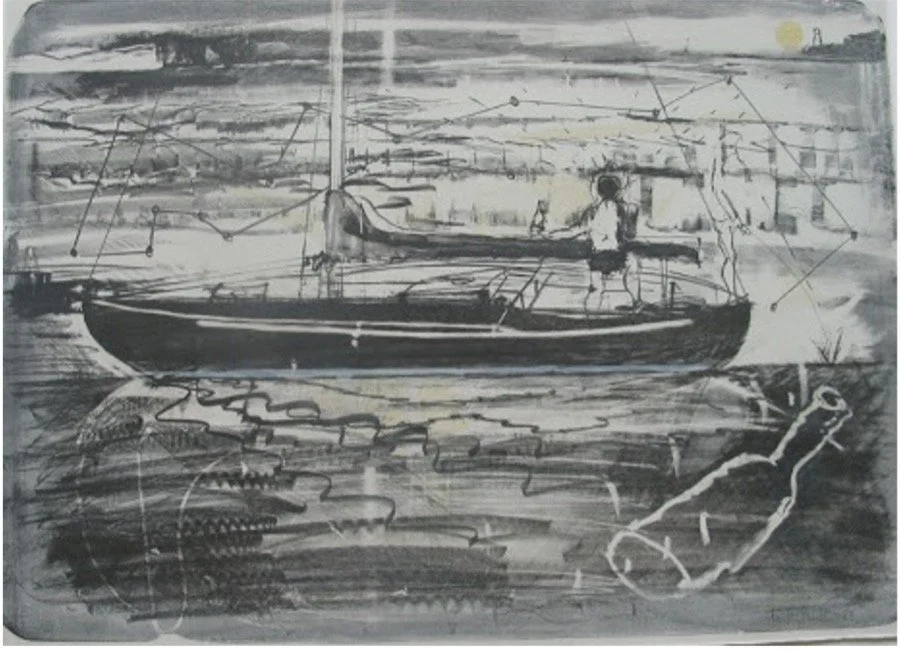

![Janaway – John Adameitis [9]](https://images.squarespace-cdn.com/content/v1/5f83c5947bb62b2036f18924/1652254787876-TY9RDU3V38LE4EM7ZHJT/Picture+51.jpg)
![Janaway – John Adameitis [9]](https://images.squarespace-cdn.com/content/v1/5f83c5947bb62b2036f18924/1652254787878-RUUIR24IL85IQ3SCQ9UM/Picture+52.jpg)











![Aft deck with fairleads and the mainsheet horse. [10]](https://images.squarespace-cdn.com/content/v1/5f83c5947bb62b2036f18924/1652255536450-FO1ZS0B55FX5X45YJNKZ/Picture+65.jpg)
